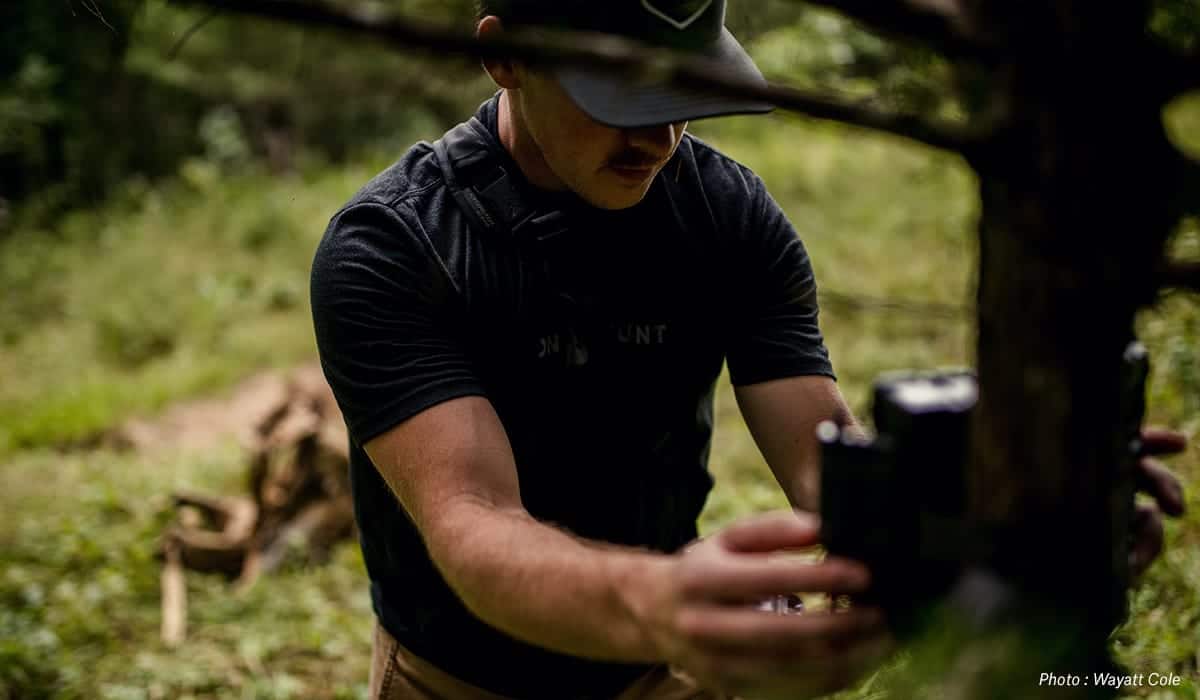Month-by-month, we break down what whitetails are doing with support from leading deer biologists and experts. This information will help you better manage your land for deer and give you better tactics for hunting them.
Deer Antler Growth
The summer heat is on in June, and we’re talking about deer antler growth. From velvet nubs to enormous racks, the resources whitetails have access to in June can help or hinder quality antler formation. The potential for antler development is controlled predominantly by a buck’s genetics, but good nutrition can help express its full genetic potential.
Take a deep dive into deer antler growth. Bronson Strickland of Mississippi State University’s Deer Lab explains the three factors that create big deer antlers: age, nutrition, and genetics. Press play to learn more.
Deer Minerals for Antler Growth
Deer antlers are shed and grown every year. They grow rapidly in spring and early summer. In fact, peak antler growth occurs at an average rate of three-quarters of an inch a week for yearlings and 1 ½” or more a week for adults. As summer wanes, antler growth will slow while mineralization of the antler takes place.
Antler growth in deer is an energetically expensive task. Whitetail bucks have an increased need for proteins and minerals during this time. The University of Missouri notes that a difference of 8% and 16% in a deer’s diet at four years of age can cause a 20-inch difference in antler size. Having access to high-quality foliage and browse during June will aid antler growth, but with minerals, it might not be the time to put out blocks on every proverbial corner of your land.
“There is no literature to support mineral supplementation as an effective means to improve antler growth,” says Indiana DNR’s Deer Biologist Moriah Boggess. “The only tried and true approach is to increase the carrying capacity of the landscape and/or reduce deer densities so there is more high-quality forage for each deer.”

Land Management for Antler Growth
Choosing between investing in more food plots or increasing your land management practices for more whitetail antler growth? Consider this. Antler growth, “should be done by managing the landscape via forest stand improvement, timber thinning, prescribed fire, and management of early successional plant communities (known as disking),” says Boggess.
“In very limited circumstances, food plots can be beneficial. However, the time and cost necessary to produce 1,000 pounds of forage in a warm-season food plot are much higher than efficiently managing the forest via the techniques listed above,” he says. “Deer researchers have shown time and again that landscape habitat management is the only effective way to improve the size of deer. I know it doesn’t fit into the broadscale deer hunting retail community, but food plots, mineral supplements, and supplemental feed have a very minor effect on deer herd quality.”

Summer Whitetail Scouting
June may be the best month to pick, observe, and study the buck you’ll want to pursue in fall, but don’t get too caught up on their movements or when and where you might be seeing them feed on your trail camera because a buck’s movement in summer can be completely different than in autumn.
Instead, get focused on travel routes. Geographic features (which are easy to identify on the onX Satellite, Topo, or Hybrid Basemaps) don’t change every year, so putting up trail cameras to watch where bachelor groups are moving between cover types and/or water sources will pay dividends when the season opens.